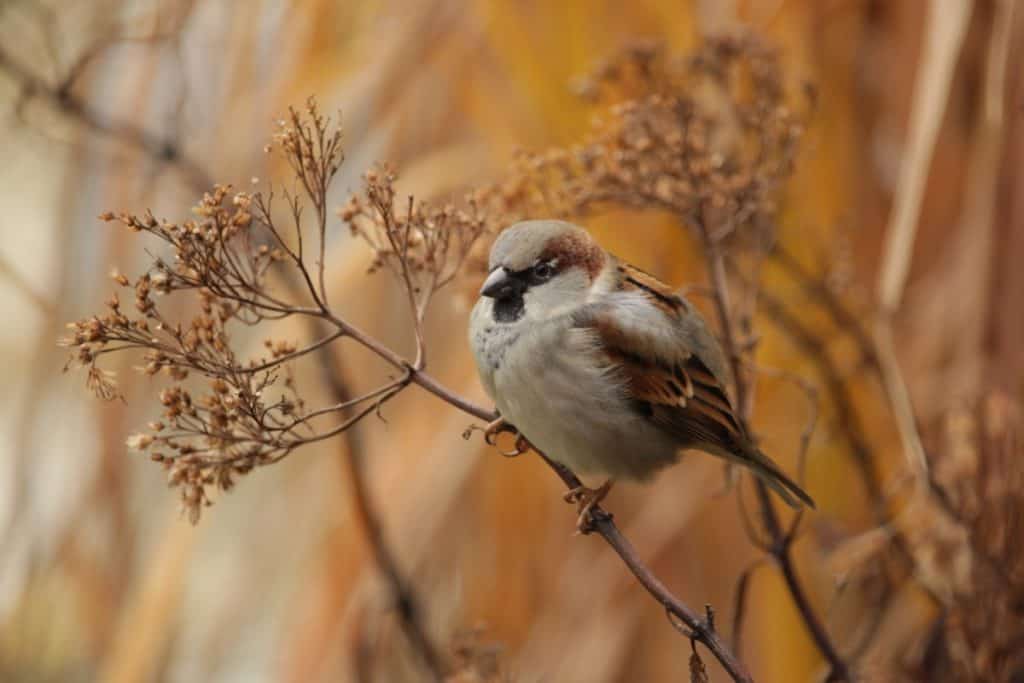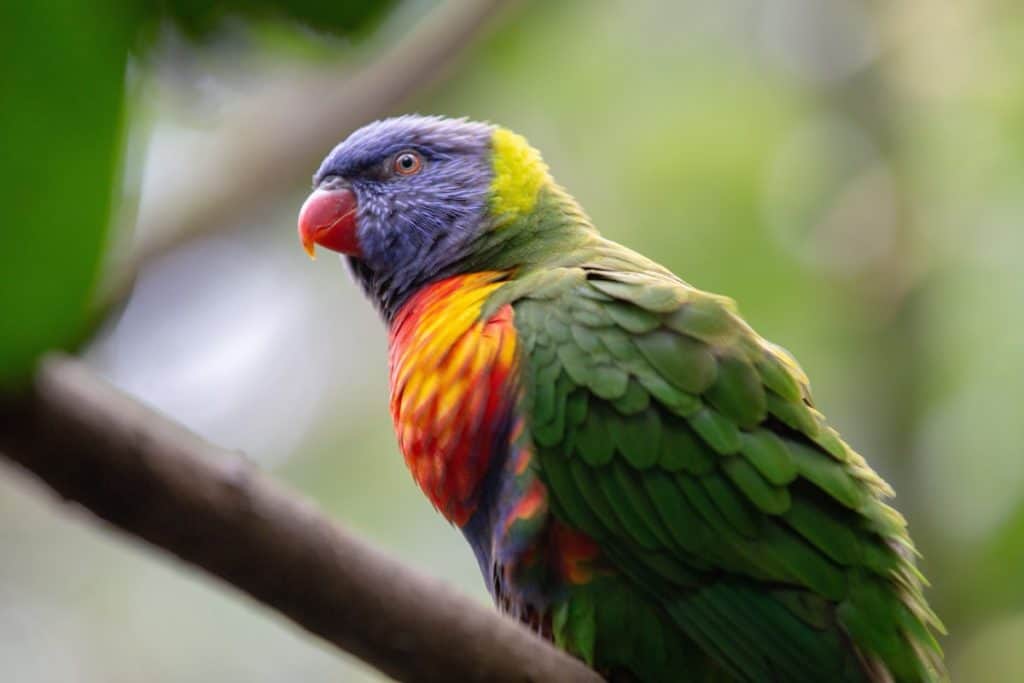
If you want to find out what a male bird and a female bird is called then you’ve come to the right article.
As, in this article, you’ll find the exact answer to this question and after you’ve read the answer to the main question then I’ll also cover the answers to a few more closely related questions that will extend your knowledge even more.
I hope you learn a lot from this article!
What Is A Male Bird And Female Bird Called?
A cock or a rooster are the terminologies used to refer to an adult male bird.
The younger male birds are often called cockerels.
A castrated male, on the other hand, is referred to as a capon.
And, adult female birds are called hens while those who are sexually immature are called pullets.
Unlike mammals, the majority of all male birds have no obvious reproductive organs.
Instead, both the females and the males have what’s become commonly known as a cloaca, which is an internal chamber ending in an opening via which the bird’s sex organs (ovaries or testes) discharge either eggs or sperm for procreation.
When it comes to eagles, both the males and females of the species are simply called “eagles”.
On the other hand, baby eagles are known as eaglets or fledglings.
They’re also referred to as fledglings, juveniles, or nestlings.
And, any group of eagles is called a convocation.
The females of the species are known for mating for life after they initiate a serious courtship at the age of four to five years.
What about sparrows & baby crows?
There’s no specific name for baby sparrows although they’re called hatchlings during their first hours on earth, and also for a certain number of days after they hatch.
While they’re still in the nest, they’re called nestlings but once they leave the nest, they’re called fledglings.
A baby crow is called a chick or a hatchling, and then a nestling while still in the nest, and a fledgling once it leaves the nest.
In addition, one-year-old baby crows are sometimes referred to as yearlings.
So, what are other species of baby birds called?
I’ll cover them now.
- Chickens are often called poultry, pullet (female), and cockerel (male).
- Male cranes are often called colts.
- Doves are called squab or squeakers.
- Ducks are called ducklings.
- Eagles are called eaglets.
- Falcons are often called eyas.
- Geese are called a gosling.
- Grouse are called cheepers or squealers.
Check out the video below if you want to find out how you can tell whether a chick is a male or a female.
What is a male robin bird called?
Who doesn’t love seeing robin’s red breasts in their backyard?
But, did you know that they’re just called robins whether they’re male or female?
They’re all plump little birds with short and thin black beaks.
Both the males and females look identical with brown backs, white bellies, red breasts, faces, and cheeks.
The juveniles, however, are speckled brown and gold.
They only develop their distinctive red plumage when they reach adulthood.
Despite their similarity, you can tell male robins from females by observing them and seeing that male robins are much brighter in color.
Their eye rings, bright beaks, black heads, and white throat markings are all characteristics of male robins.
The females of the species have feathers that look a bit faded and washed out when compared to the much darker and richer colors that male robins tend to exhibit.
Unlike some other species of birds, robins don’t mate for life.
Robin pairs usually only stay together during the entire breeding season, which generally consists of between two and three nestings.
In the spring, however, they sometimes return to that very same territory, ending up together for another year.
Male robins sit on the eggs only on an occasional basis, but they do tend to spend their time hanging out in the area of the nest during daylight hours and immediately respond if their female partner gives out a call of alarm.
Also, male robins may even help out by bringing some food to their mates, however, the female robins usually leave their nest and feed themselves.
Check out the video below if you want to see a mother robin and a father robin feeding their babies.
What is a male ladybird called?
Male ladybirds are simply called ladybirds even though they’re not birds at all but insects.
Ladybirds are ladybugs.
Ladybugs are well-known for being just plain joyous.
In most cases, they’re associated with extremely good fortune and many happy things to come.
In addition, ladybugs are also known for representing transformation.
Ladybugs are quite harmless to people and pets alike.
They don’t sting but can occasionally bite.
Their bites won’t cause injury nor can they be responsible for spreading disease.
They, generally, feel more like a tiny little pinch than an actual bug bite.
Nobody fears ladybugs because of their cuteness and reputation for bringing luck.
People often say that if one lands on your sweater, for example, then you’re going to be getting a new one very soon.
Wouldn’t it be wonderful if that would work on a car or a house?

What is a male hummingbird called?
Male hummingbirds are simply referred to as hummingbirds.
You can tell when hummingbirds are males or females by looking at their tails which is a good way of telling these birds apart.
An adult male will have a more forked tail and be adorned with solid black outer feathers that are pointed.
And, both juvenile males and females have bluntly rounded tails that are mostly black but have white tips on their outer feathers.
Many people wonder if hummingbirds mate for life, however, contrary to popular opinion, they don’t.
Hummingbirds, generally, don’t even stay together to raise their young even though many other species of birds do.
What is a young male bird called?
Young male birds are, generally, called cockerels, which is not to be confused with male parrots which are called cocks.
Coincidentally young male chickens before they become old enough to be roosters are also called cockerels, especially in the UK.

What are male parrots called?
For anyone who doesn’t already know, male parrots are referred to as cocks.
As humorous as that particular name may sound, it explains why a female parrot is referred to as a hen since both of those names are representative of the history of mating relationships between the two sexes.
